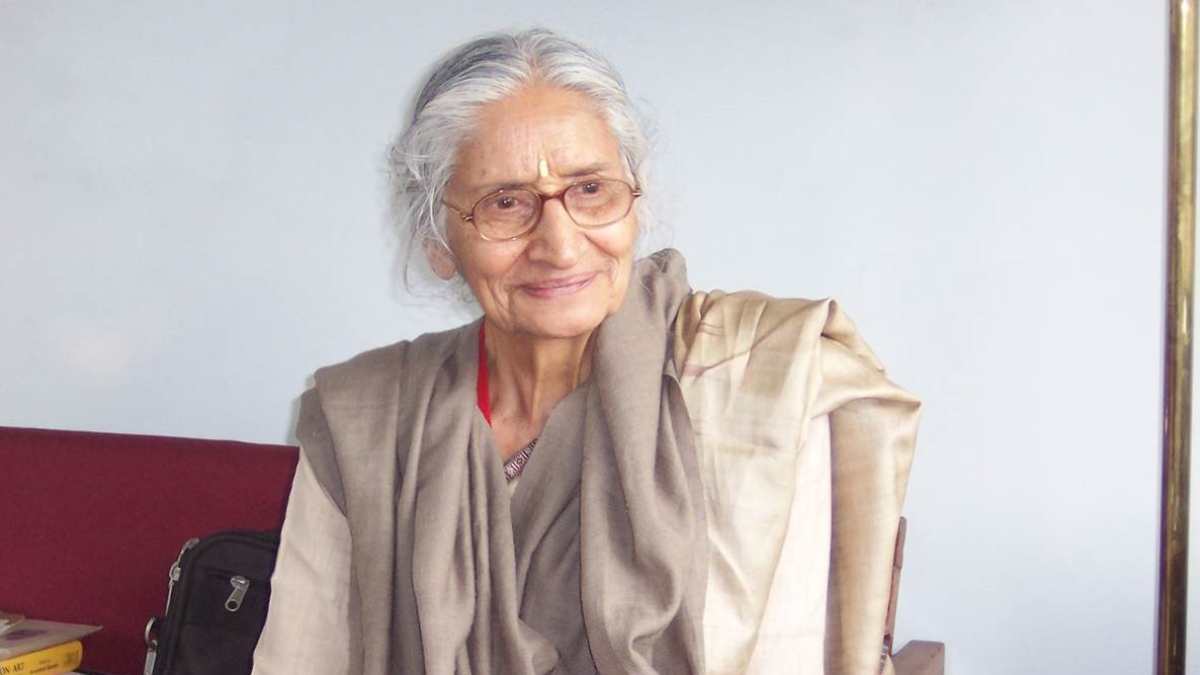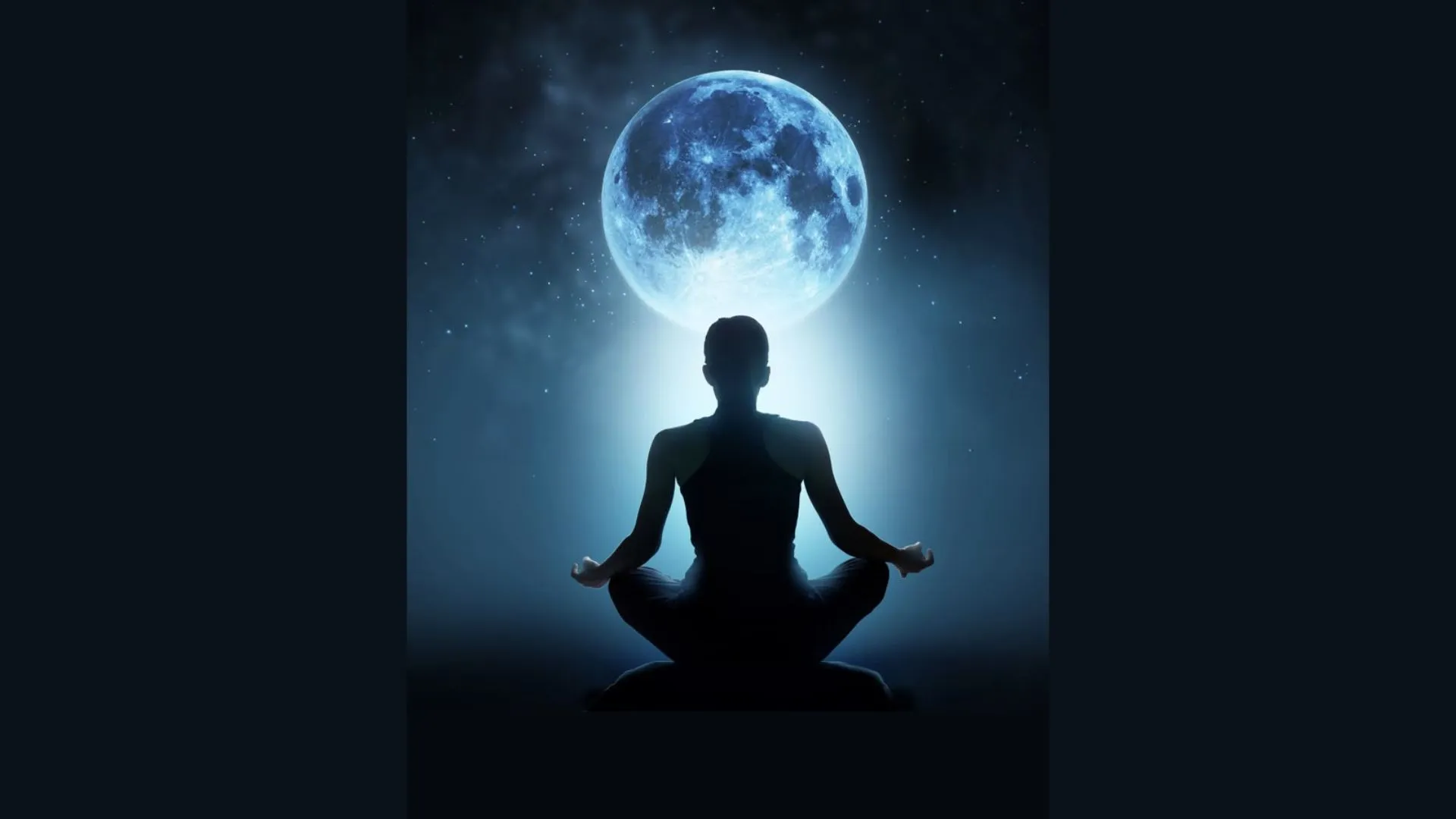Kapila Vatsyayan was without doubt the most accomplished authority on Indian art, culture and education and in her passing away, the country has lost a doyen who would be long remembered for her valuable contributions. Even at the age of 91, when she was facing several problems related to old age, she continued to lead the Asia project of the India International Centre and dutifully guided those who sought her advice and help. A Lifetime Trustee of the IIC as also its past president, she was the recipient of several honours including the Padma Vibhushan which was conferred on her in 2011.
Kapilaji had unique qualities which made her a living encyclopedia on diverse cultural fields, notably dance and art. A trained Kathak exponent, she later acquired proficiency in several other Indian forms of dances. She had the rare distinction of advising three Prime Ministers — Jawaharlal Nehru, Indira Gandhi and Rajiv Gandhi — on matters related to our traditional art forms and cultural issues. An able administrator, she declined to buckle under any kind of pressure and never hesitated in making her point even if there was opposition to the programmes she was working on. She had the distinction of founding the Indira Gandhi National Centre for Arts as also the Central University of Tibetan Studies and Sarnath Centre for Cultural Research and Training. Indira Gandhi in particular would take her
opinion on key areas of her specialisation. Along with Pupul Jayakar, Kamladevi Chattopadhya and L.P. Sihare, Kapilaji was someone who could furnish numerous inputs on many important proposals of the Union government. She received training in Kathak from Pandit Acchan Maharaj and in Manipuri from Guru Amobi Singh. In fact, it was she who introduced Biru Maharaj, her Guru’s son, on the national stage and he went on to become one of the most celebrated dancers of contemporary India. She was an alumnus of Delhi University’s Hindu College, and subsequently went for higher education to the University of Michigan.
From an early age, she showed interest in art and her mother, Satyawati, encouraged her. Her brother, Keshav Malik, was a renowned art critic who wrote in several newspapers. She was very bitter when the NDA government led by Atal Bihari Vajpayee pushed her out of the Indira Gandhi National Centre for Arts since she was perceived to be close to the Nehru-Gandhis; she minced no words in questioning the arbitrary decision. However, she was totally apolitical in her approach towards the area of her specialisation and never permitted any kind of ideological elements to influence her views. She was briefly married to well-known Hindi poet and journalist S.H. Vatsyayan ‘Agyeya’ (he was
later the editor of Navbharat Times). As the president of the India International Centre, she introduced several new ideas and along with other luminaries such as Dr Karan Singh and M.G.K. Menon laid the roadmap for the future.
She can certainly be described as one of the most distinguished Indians of our times and her role in promoting various art forms shall always be remembered.























